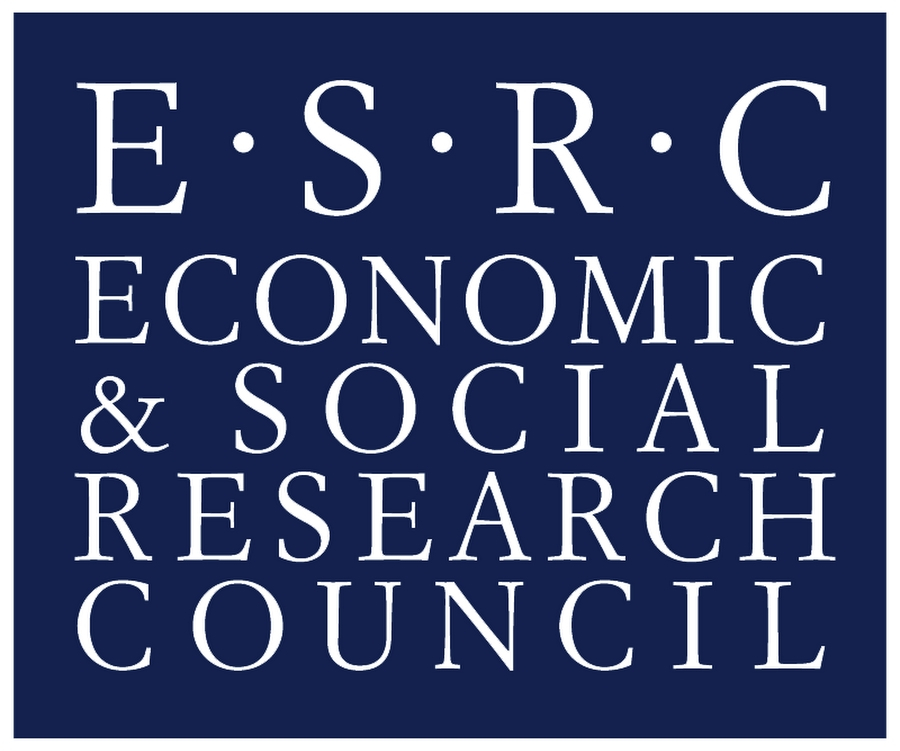
This week ESRC GPID Director, Andy Sumner, takes a look at a model of economic development from the 1950s that he argues is highly relevant to developing countries today.
In the mid-1950s, W. Arthur Lewis outlined a model of economic development. At the heart of the model were the dynamics of labour reallocation in a ‘dual economy’ composed of a traditional or subsistence sector and a modern or industrial or capitalist sector. The Lewis model has since become one of the most influential models in development economics and its creator was awarded the Nobel Prize in appreciation of it.
Lewis argued that the driver of capital accumulation was a sectoral movement of the factor of production abundant in developing countries, labour, from the ‘traditional’ or ‘non-capitalist’ sector (of low productivity, low wage, priced to average product not marginal product, and thus with widespread disguised unemployment) to the ‘modern’ or ‘capitalist’ sector (of higher productivity and where wages are set by productivity in the ‘subsistence sector’). Crucial is the existence of surplus labour in the traditional or non-capitalist sector. Because of this, wages are set just above subsistence across the whole economy, leading to the transfer of labour over time from traditional or non-capitalist to modern or capitalist sectors and the capture of labour productivity gains to capitalists as profits as these are the source of growth via reinvestment. The floor for wages is institutionally set at subsistence. When the surplus labour disappears an integrated labour market and economy emerge and wages will then start to rise.
The Lewis model was intended as a critique of the neoclassical approach in that labour is available to the modern or capitalist sector of an economy not in a perfectly elastic supply but upward sloping rather than flat, and with a distinction between surplus-producing labour and subsistence labour (the latter of which was a negligible source of net profits for reinvestment, which Lewis saw as the driver for growth). Lewis also rejected the assumptions of neoclassical economists of perfect competition, market clearing and full employment and Lewis made the distinction, noted above, between productive labour, which produced a surplus, and unproductive labour, which did not.
Despite its age, the model remains relevant as an ‘ideal type’ or heuristic device for the study of economic development through which contemporary patterns of structural transformation and their implications for inclusive growth, wages, profits, employment and productivity can be examined.
In the Lewis model the transfer of labour from a low- to a high-productivity sector can change the functional distribution of income in favour of capital owners. IMF research has argued that this is associated with rising income inequality between individuals too. To manage such inequality, Lewis saw a key role for government to intervene via taxes and subsidies amongst many other policies.
Lewis later discussed the relationship between economic development and distribution as one based on within and between sector inequality somewhat resonating with Simon Kuznets analysis of inequality between and within sectors. Lewis though took a different line and argued that the growth of the modern or capitalist sector, or the ‘enclave sector’ as he called it in that paper, has good and bad impacts on the traditional sector. Notably, the enclave may enrich the traditional sector by buying commodities and services from it; providing employment to those in the traditional sector; sending remittances; selling goods and services cheaper; and by developing infrastructure, public goods and, through an example of new ideas and institutions, the enclave sector can modernize the traditional sector. Whether development leads to widening inequality depends, he argued on whether the enclave is able to respond to the new economic opportunities (e.g. price changes or the demand for labour). In short, inegalitarian development is not the failure of ‘trickle down’ vertically from rich to poor but the failure to trickle along or spread horizontally the benefits from enclave to traditional sectors.
The role of the state is highlighted by Lewis who posited that distribution in the enclave depends on the pattern of growth and a set of factors, many of which are ‘susceptible to public control’ notably the distribution of property, economic structure (in terms of firm size and the capital intensity of production and dependence on foreign resources) and the speed of growth which has the potential to alter ‘the relative quantities of the factors of production, and the derived demands, and therefore the distribution of income’. Further, the traditional sector may see income stagnate because the enclave may be predatory (e.g. driving people off their land); products may compete with traditional trades; the wage rate in the enclave may be too high and raise the price of labour above its marginal productivity; because of geographical polarization (the enclave attracts best brains and capital); because population growth accelerates due to improved public health reducing the death rate; and/or excessive migration from the countryside.
What did Lewis conclude? He concluded that whether the enclave enriches or not the traditional sector ‘probably depends most on whether the government coerces or helps the traditional sector, and on the nature of the enclaves’ (meaning the modern or capitalist sector).
Of course, Lewis and his model have received a number of historical critiques. Though many of these are about what Lewis has been interpreted to mean rather than precisely what he said. For instance, the erroneous claim that Lewis neglected the existence of an urban informal sector absorbing rural surplus labour or the supposed lack of consideration of an open economy. These are misperceptions of the Lewis model. That said, contemporary development poses a set of new questions such as circular or ‘commuter’ labour migration between sectors rather than permanent migration and relatedly, the role of non-farm income in rural areas which is often estimated to be a substantial part of rural incomes suggesting again workers are not only active in the ‘traditional economy’ at one point in time. Further, the role of remittances from urban to rural areas (and international remittances).
More importantly, the transfer or labour can take a variety of forms beyond the one anticipated by Lewis. It is by no means guaranteed that the transfer will be from low to high productivity activities. In fact the opposite seems to be the case in many countries. A transfer from low productivity agriculture to low productivity services has been the experience of many developing countries in some cases and other cases a reversing of the Lewis transition in ‘premature deindustrialisation’.
In sum, the basic Lewis model is best viewed as an ‘ideal type’ or an heuristic device to compare to experience. In reality, there are multiple and likely co-existing and co-evolving modalities of structural transformation. What the Lewis model does provide is what Kirkpatrick and Barrientos, aptly referred to as ‘an illuminating framework within which to discuss the reality of the process of development, not taking the homogeneity of its sectors literally, but looking behind this to uncover their internal workings and heterogeneity’. For these reasons and many more the Lewis model of economic development remains relevant to developing countries today for understanding the process of structural transformation or long run economic development.
Andy Sumner is a Reader in International Development in the Department of International Development, King’s College London. He is Director of the ESRC Global Poverty & Inequality Dynamics (GPID) Research Network.
Related reading
| Briefing paper 2 | Andy Sumner | What is Structural Transformation? | 29/09/2017 |
| Briefing paper 9 | Andy Sumner | What is premature deindustrialisation and does it matter? | 09/03/2018 |

